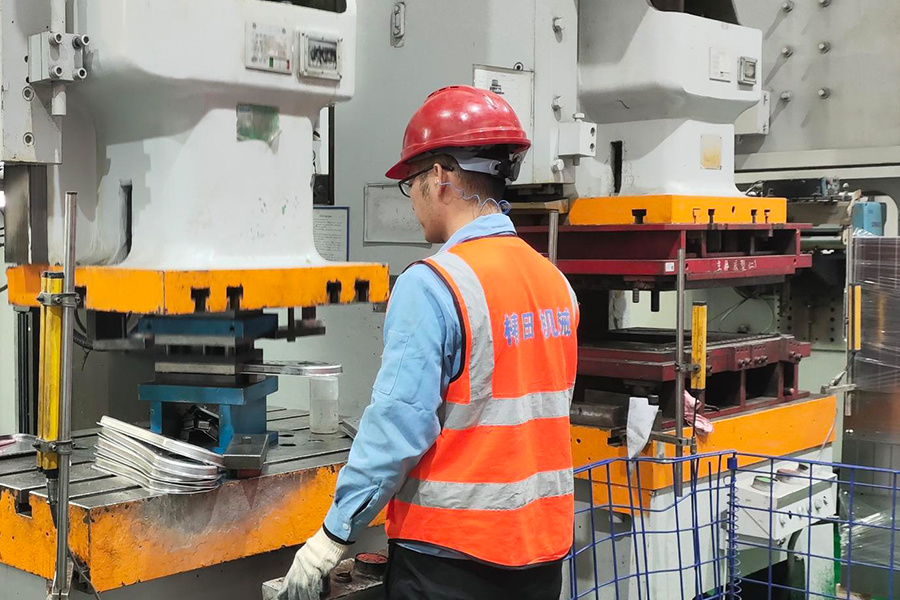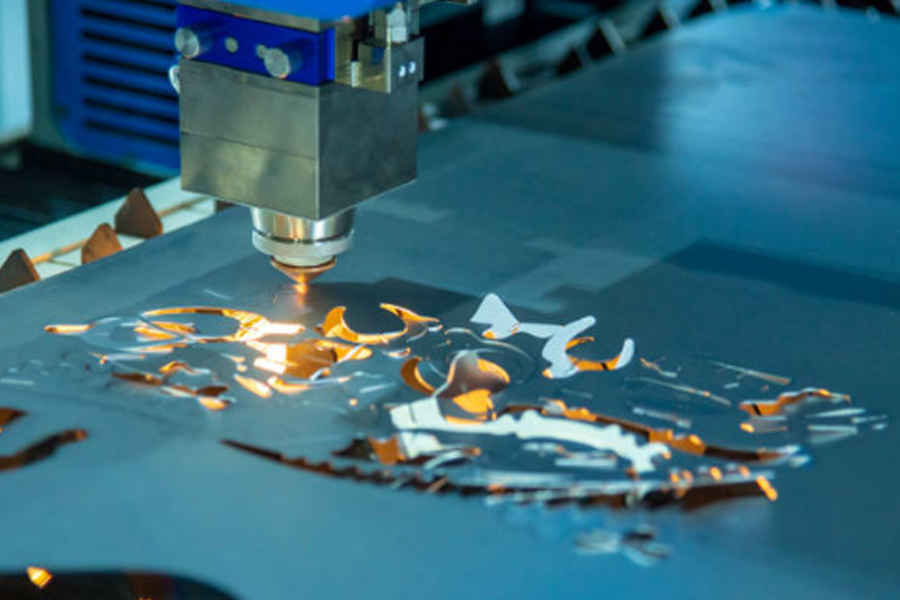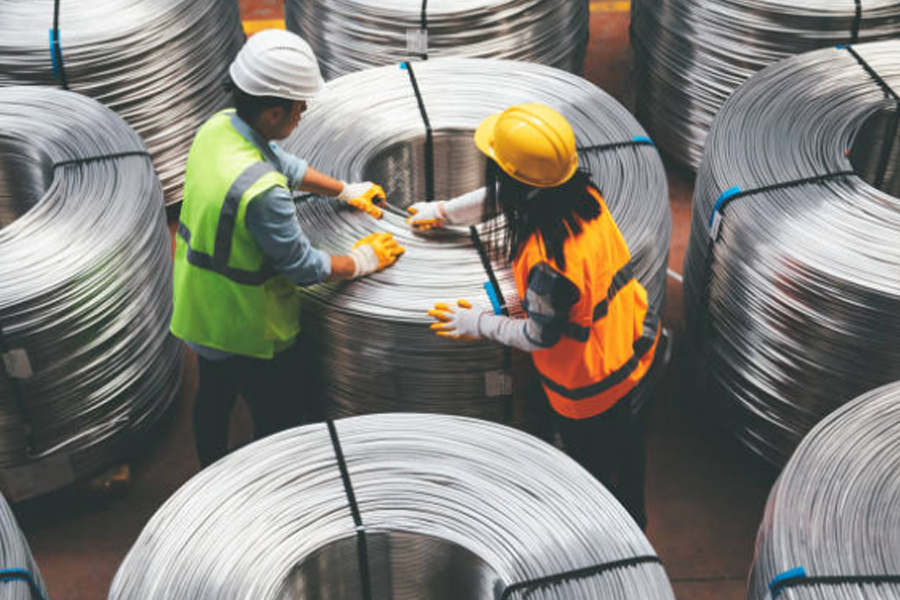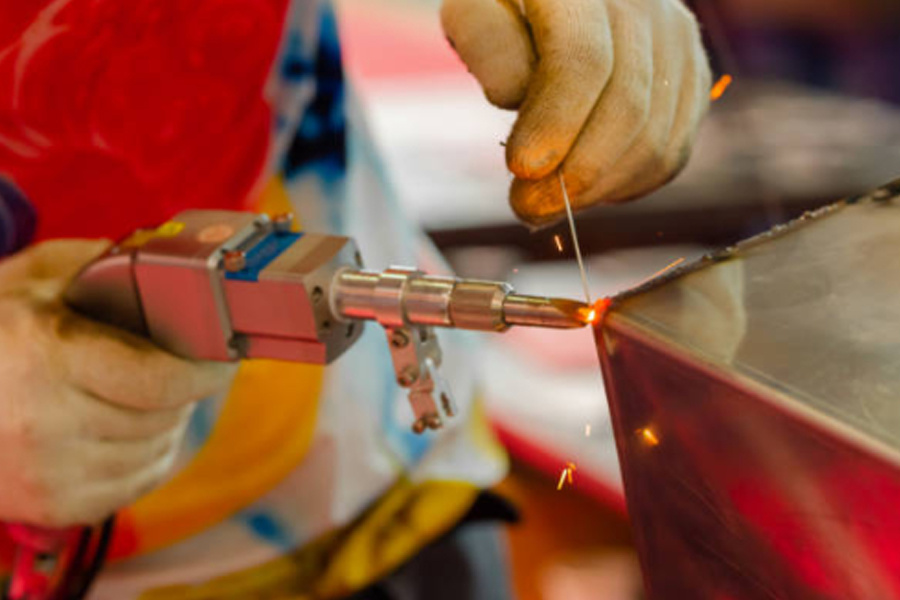EV Sheet Metal Trends: Lightweight Material Uses
Release time:
2025-03-27
Driven by automotive lightweighting demands, materials like aluminum alloys (reducing weight for fuel efficiency), high-strength steel (enhancing crash resistance), and carbon fiber composites (enabling extreme lightweighting) are widely used in automotive sheet metal fabrication.
As the automotive industry evolves, lightweight materials are reshaping sheet metal fabrication across sectors, from general automotive sheet metal processing to specialized areas like custom car parts manufacturing and automotive skin panel production. This article explores the drivers behind this shift, practical applications of lightweight materials, and the opportunities and challenges they present.
The Need for Light weighting in Automotive Manufacturing
Stringent global emissions regulations and consumer demand for fuel efficiency have made weight reduction critical. A 10% reduction in vehicle weight can improve fuel efficiency by 6-8%, while enhancing handling and acceleration. Lightweight materials in automotive sheet metal fabrication directly address these needs.
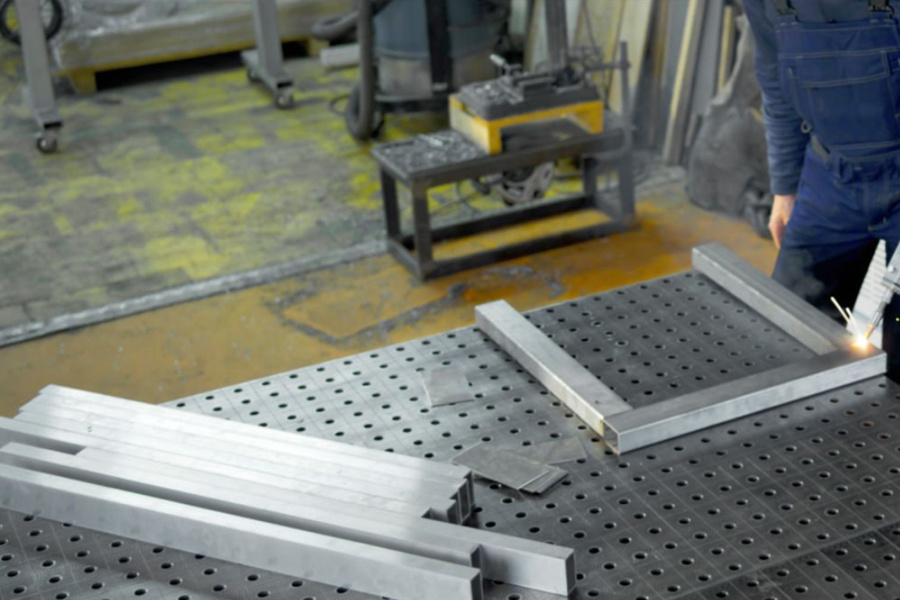
Key Lightweight Materials and Their Applications
1. Aluminum Alloys
● Used in automotive skin panels (e.g., doors, hoods) for significant weight reduction without compromising durability.
● Ideal for custom car parts like chassis components due to high strength-to-weight ratio.
2. High-Strength Steel (HSS)
● Thinner HSS sheets maintain structural integrity in critical areas like A/B pillars, improving crashworthiness.
● Enables complex shapes in custom automotive parts with superior formability.
3. Carbon Fiber Composites
● Deployed in high-end vehicles and racing cars for extreme light weighting (e.g., body shells, spoilers).
● Offers precision customization for performance-driven designs.
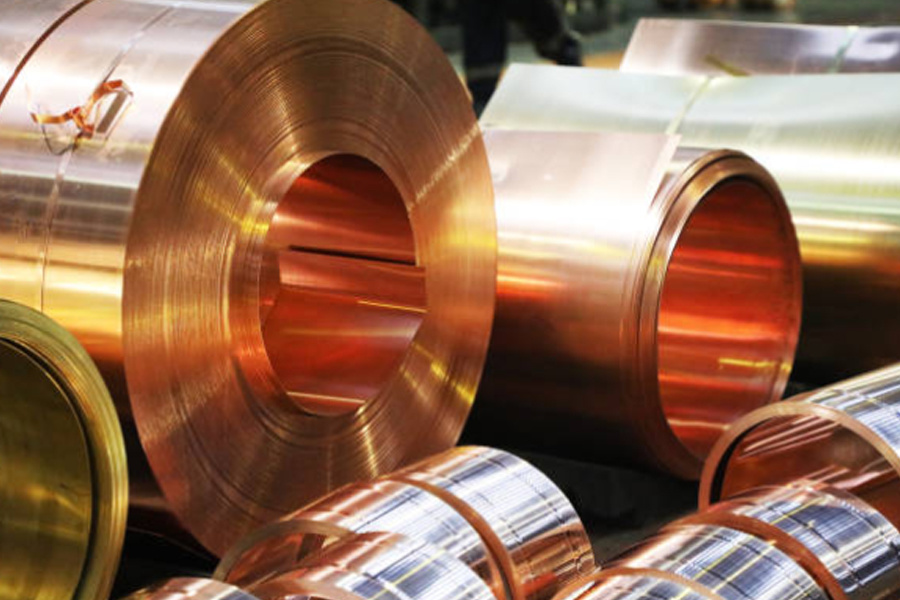
Challenges of Lightweight Material Adoption
1. Processing Complexity
● Aluminum’s stickiness during machining causes tool wear, while carbon fiber’s anisotropy risks delamination.
● Requires advanced equipment and expertise in automotive sheet metal fabrication.
2. Cost Management
● Higher material costs, especially for carbon fiber, demand strategic sourcing and process optimization.
Conclusion
Lightweight materials are transforming automotive sheet metal fabrication, delivering environmental and performance benefits despite technical and economic hurdles. As technology matures and production scales, these challenges will ease, driving innovation in custom car parts and automotive skin panel manufacturing.
FAQs
Q1: Do lightweight materials compromise automotive sheet metal strength?
A: No. Aluminum, HSS, and carbon fiber composites meet or exceed traditional steel’s structural requirements when properly designed.
Q2: How can custom car parts manufacturers mitigate lightweight material costs?
A: Long-term supplier partnerships, process optimization, and material waste reduction help offset expenses.
Q3: What quality issues may arise in automotive skin panel fabrication with lightweight materials?
A: Aluminum may scratch or warp; carbon fiber composites risk delamination. Strict process control and quality checks are essential.
Key Words




